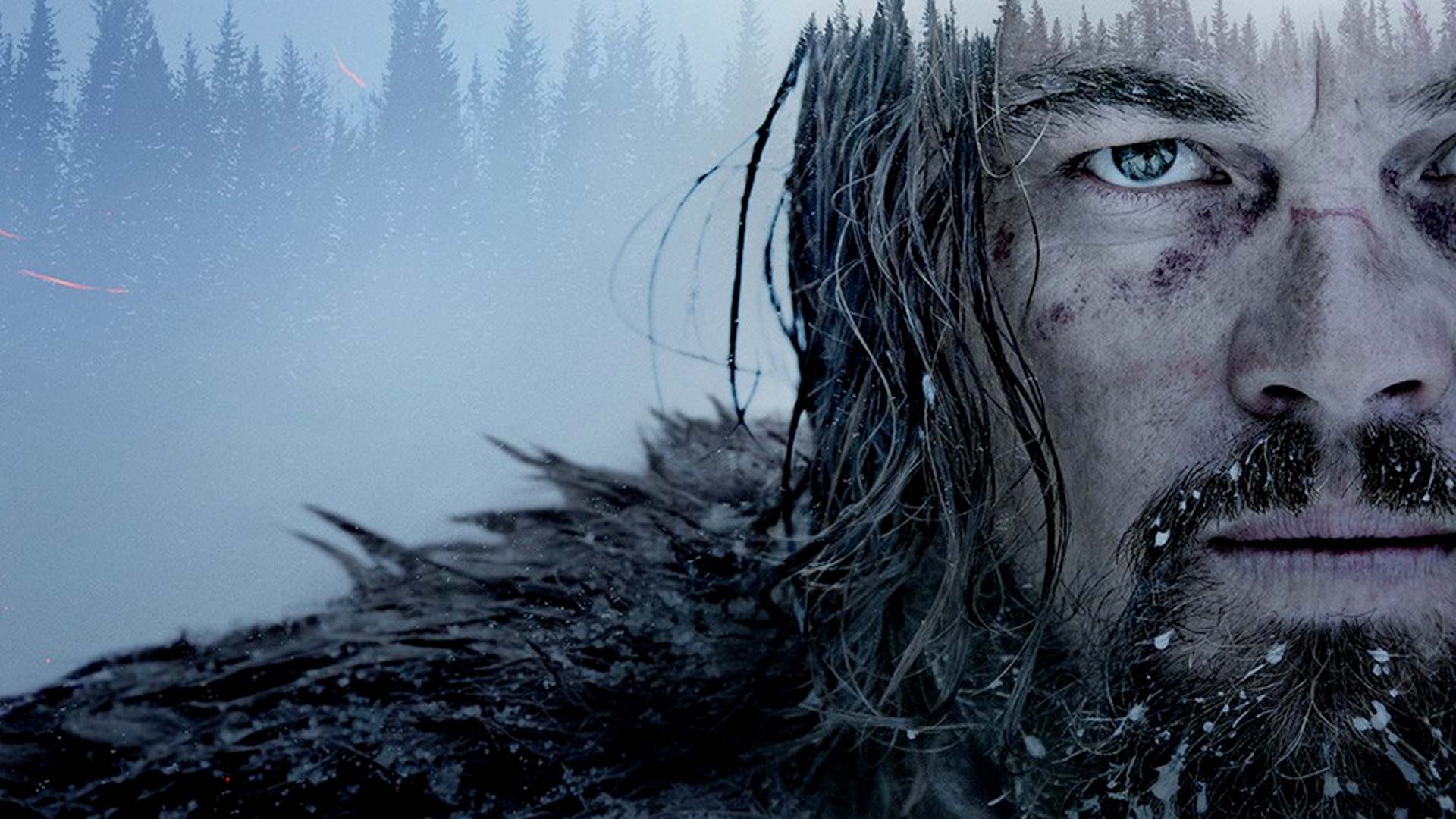

They took special care to avoid, to the east, the Karankawa, notorious for eating settlers (tribesmen called the dish “long pig”). Louis, the westernmost locus of American civilization. Glass joined.Īfter a year of pillaging, kidnapping, killing and the like, Glass and another pirate jumped overboard and swam toward Campeche (now Galveston), the primitive headquarters of Jean Lafitte, who, it turned out, was Glass’ pirate boss’ boss. The pirate captain offered Glass a choice: Join their crew, or join the scores of bleeding, gutted, naked, screaming and drowning men, women and children bobbing in the choppy waters below. He was a sea captain already in his 30s when pirates attacked his ship off the coast of what is now Texas in 1819.

Glass lived in Pennsylvania, where he might have had a wife and two sons whom he abandoned. There is no evidence he had a Native American wife or girlfriend, or that he had a son by a Native American woman, or that he plunged off a cliff on a horse, or that he gutted and climbed into a dead horse to stay warm or for any other reason. But their accounts, as well as letters, testimony, trapper memoirs and a rich oral history, are what is left regarding Glass’ life.īased on those sources, this much is certain: Glass was alive, he survived a grizzly attack and he died. None of those authors knew Glass, and one of them, a novelist, wrote the forgettable sequel Monte Cristo’s Daughter. To separate mythology from biography, it helps to remember that the film is based in part on a 2002 work of fiction, which itself is based in part on the three earliest written and largely forgotten accounts of Glass’ adventures.

The real Glass, however, made much of his journey in late summer.


 0 kommentar(er)
0 kommentar(er)
